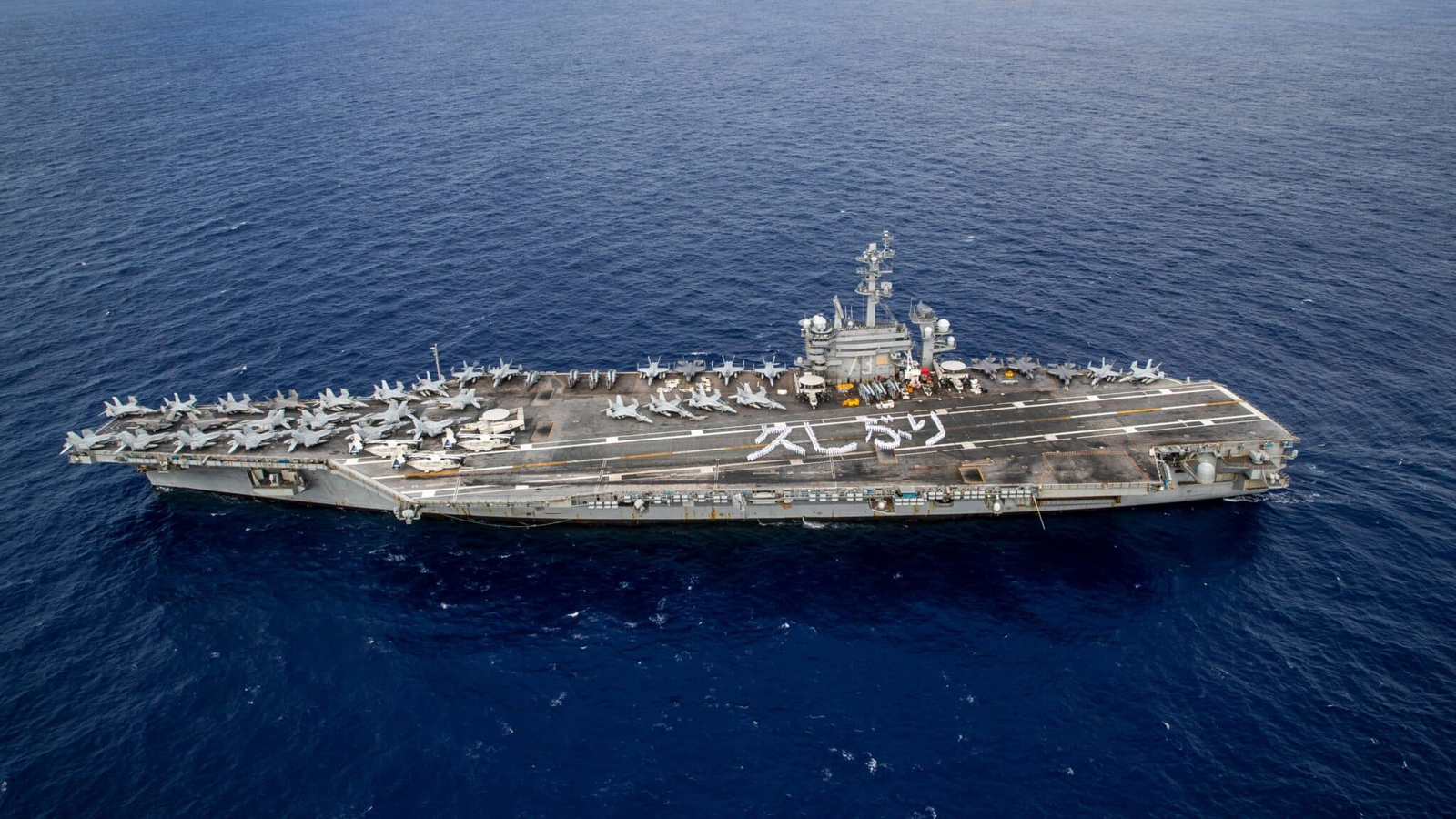
The USS George Washington (CVN 73) has come home to Japan, bringing with it a new era of U.S. naval presence in the Indo-Pacific. Yokosuka had been the homeport of the USS Ronald Reagan as the forward-deployed carrier for nearly a decade. The George Washington now takes up the baton—revamped, revitalized, and with an even stronger bond with Japan.

This process took far more than swapping ships. Japanese leaders and the United States were required to put months of careful planning into action, which included relocating entire air wings, command teams, and parts of the crew.

Nearly 350 sailors—nearly 13 percent of the crew on the Ronald Reagan—moved over to the George Washington and brought valuable area experience with them to ensure a smooth transition of mission operations.

The vessel was provided with a massive refueling and advanced overhaul (RCOH) at Newport News Shipbuilding before its departure to Yokosuka. The overhaul lasted six years and cost $2.8 billion, bringing the vessel to mid-life standards by replacing nearly everything from its reactors to avionics and combat systems.

The overhaul team overcame pandemic disruptions and supply chain challenges with innovative workarounds and cutting-edge technology to prepare the George Washington for the Navy’s next-generation air wing, including the F-35C Lightning II. The new aircraft have greater range, stealth, and bomb-carrying capacity than ever before.

Its homecoming to Yokosuka is symbolic and strategic. During a tour on board the ship, Secretary of Defense Lloyd J. Austin III emphasized that forward-deployed carriers are the undisputed expression of American commitment.

“When America wants to make it well known that it cares, it sends a Navy ship,” he stated. With Carrier Air Wing 5 and Destroyer Squadron 15, the George Washington is set to defend critical shipping lanes, bolster alliances, and deter emerging threats.

Leadership played a major role in the successful transition. Rear Adm. Greg Newkirk, commander of Carrier Strike Group 5 and Task Force 70, praised both crews as professional and characterized the ship’s homecoming as “a tangible and lasting reminder of our nation’s resolve to uphold peace, stability, and freedom in the region.”.

Commanded by Captain Timothy Waits, who has deployed many times across the Pacific and Indian Oceans, the George Washington has stable command and a crew well-versed in the realities of forward deployment.

The ship’s history in Japan is rich and active. It was the initial nuclear-powered carrier to be homeported in 2008, opening a new chapter in U.S.-Japan cooperation. It has been the bedrock of defense missions as well as humanitarian efforts, including relief missions after the 2011 earthquake and tsunami. After returning from extensive overhauls, the George Washington maintains a stable and enduring relationship.

Presently operating out of Yokosuka, the USS George Washington integrates cutting-edge technology, expertly trained sailors, and a rich heritage of responsibility to offer peace, stability, and freedom to one of the globe’s most strategically significant sea routes. Its journey from overhauling to redeployment says it all that although engineering and technology come first, it is the sailors and captains on board who give the ship its real power and mission.
